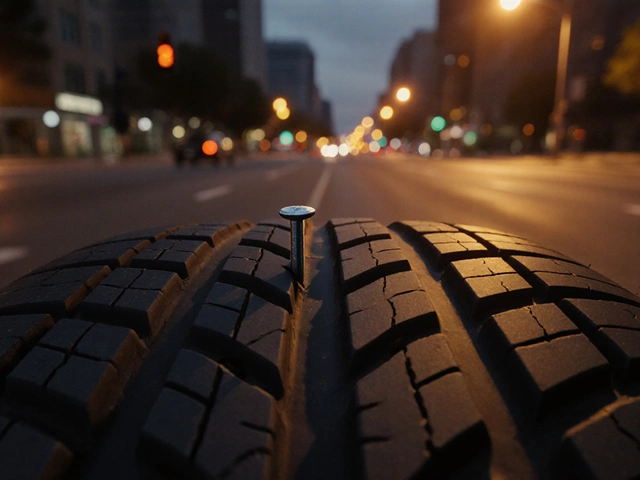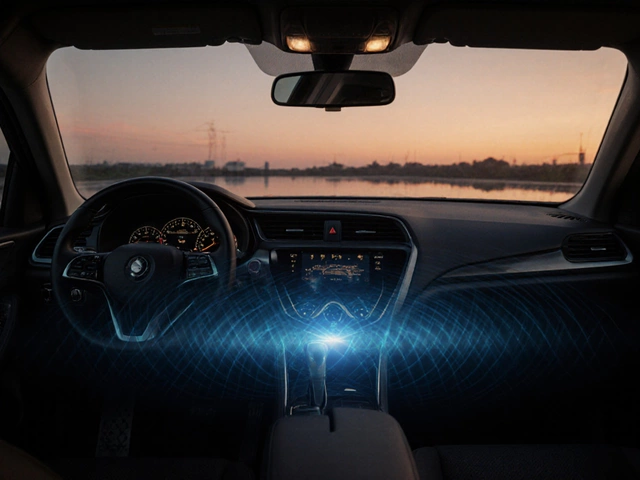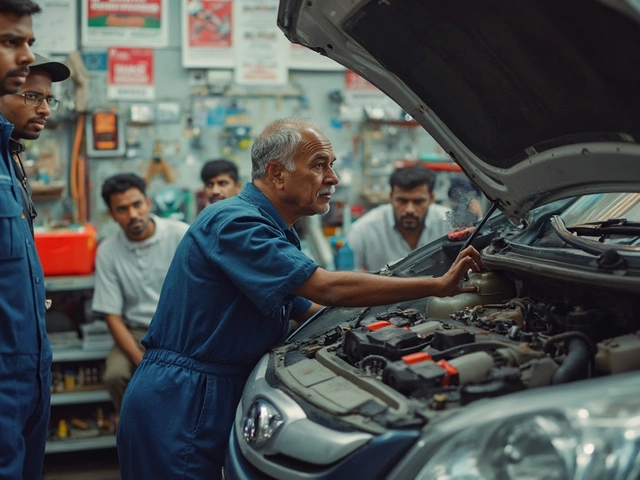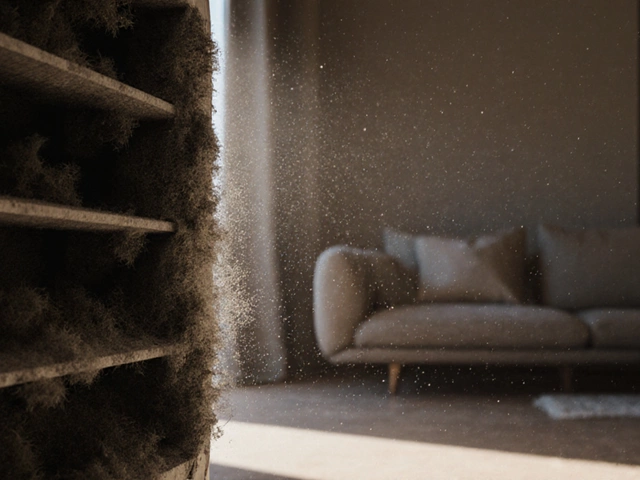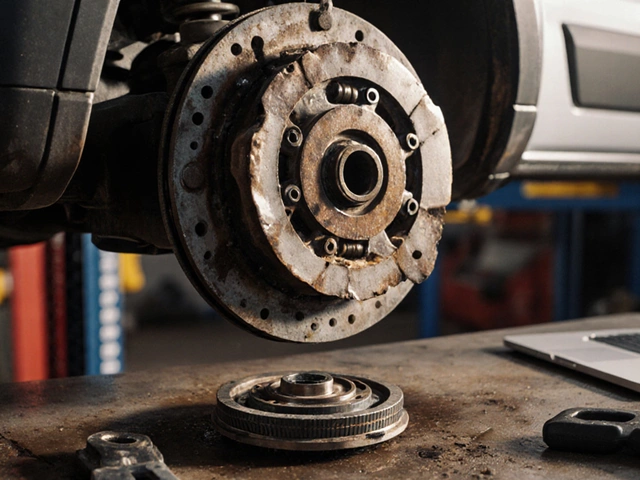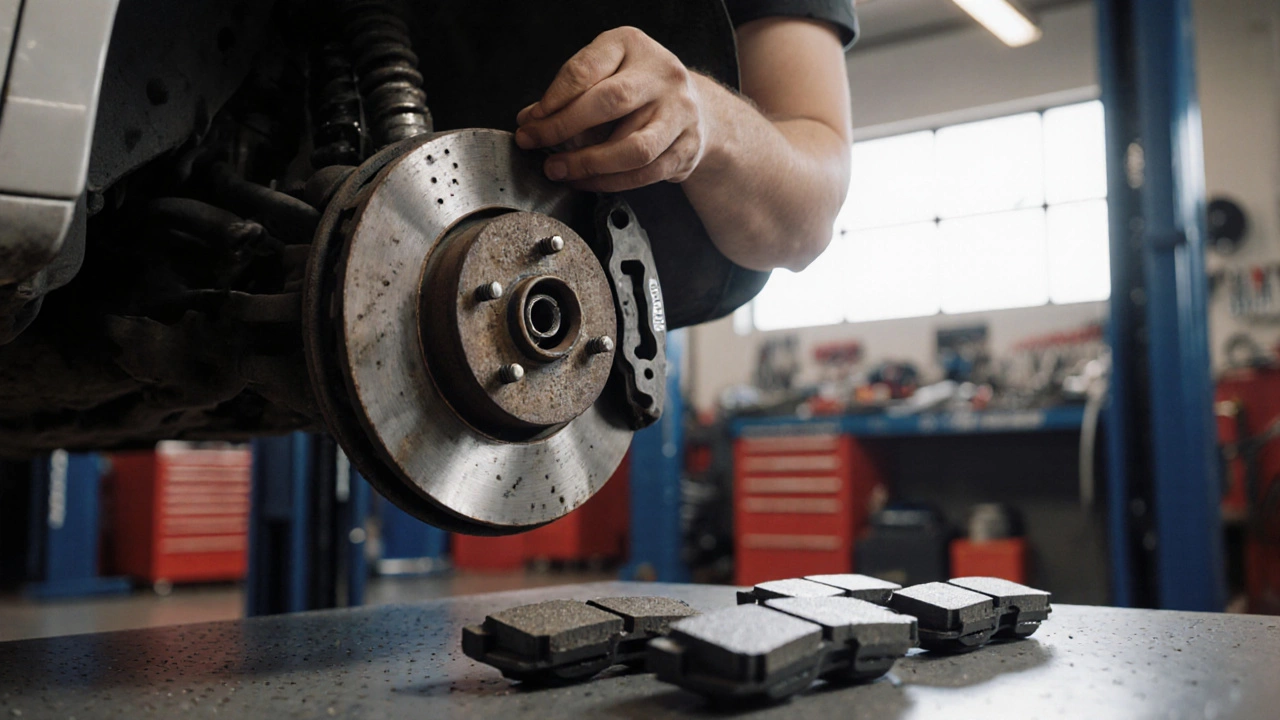
Brake Pads: What You Need to Know About Cost, Wear, and Replacement
When your car stops, it’s the brake pads, thin friction components that clamp down on the rotors to slow your vehicle. Also known as brake linings, they’re one of the most critical parts of your braking system—and one of the most often ignored until it’s too late. Without them, your brakes don’t work. And if they’re worn out, you’re not just risking a repair bill—you’re risking your life.
Brake pads don’t last forever. They wear down every time you hit the pedal. But how fast they go depends on your driving: stop-and-go city traffic eats them up faster than highway cruising. The type of pad matters too—ceramic lasts longer and is quieter, while semi-metallic handles heavy loads better but wears faster. And here’s the thing: brake rotors, the metal discs the pads press against. Also known as brake discs, they’re not just passive parts—they’re part of the whole system. If your pads are worn thin, they’ll start grinding on the rotors. That’s when you’re not just replacing pads—you’re replacing rotors too, and that costs way more.
You don’t need a mechanic to spot the warning signs. Squealing when you brake? That’s the wear indicator rubbing. A soft pedal or longer stopping distance? That’s your pads thinning out. And if you hear metal-on-metal grinding, you’re already damaging your rotors. Front brake pads wear faster than rear ones because they handle most of the stopping force—up to 70% in most cars. That’s why you’ll often see front pads replaced before the rear ones, even if both look worn.
People ask if they can skip replacing rotors when they change pads. Sometimes yes—but only if the rotors are smooth, thick enough, and not warped. Most shops will push you to replace both because it’s safer and more profitable. But you don’t have to fall for that. Learn how to check rotor thickness with a ruler or caliper. Look for grooves, bluing, or uneven surfaces. If it looks bad, don’t risk it.
And cost? It’s not just about the parts. Labor varies wildly depending on your car. A compact sedan might cost under $150 to replace all four pads. A luxury SUV? Could hit $500 or more. But if you wait too long and damage the rotors, you’re looking at double the price. The best way to save money? Catch wear early. Check your pads every 10,000 miles. Look at them through the wheel spokes. If they’re less than 1/4 inch thick, it’s time to plan a replacement.
Brake safety isn’t optional. It’s the difference between getting home and ending up in a hospital. This collection of articles gives you the straight facts: how to tell when your pads are done, how much replacement really costs, what to watch for on different car types, and how to avoid being upsold on unnecessary repairs. No fluff. No hype. Just what you need to keep your brakes working and your wallet intact.
-
15 Nov

-
30 Oct

How Much Should 4 Brake Pads Cost in 2025? A Realistic Price Guide
Find out how much 4 brake pads should cost in 2025, broken down by car type, material, and quality. Learn what to pay, what to avoid, and how to save money without sacrificing safety. -
28 Oct
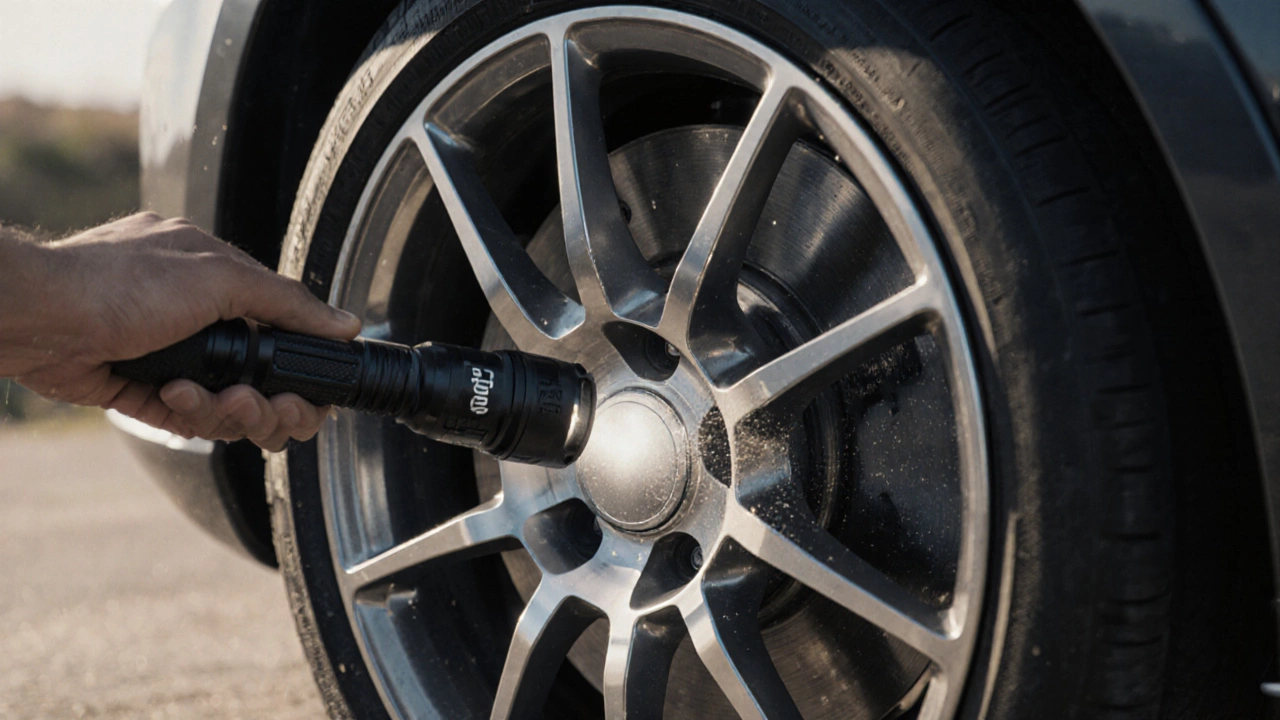
How to Tell If Your Brake Pads Are Worn Out
Learn the key signs your brake pads are worn out-squealing, vibration, longer stopping distances, and more. Know when to act before it becomes dangerous or expensive. -
25 Sep
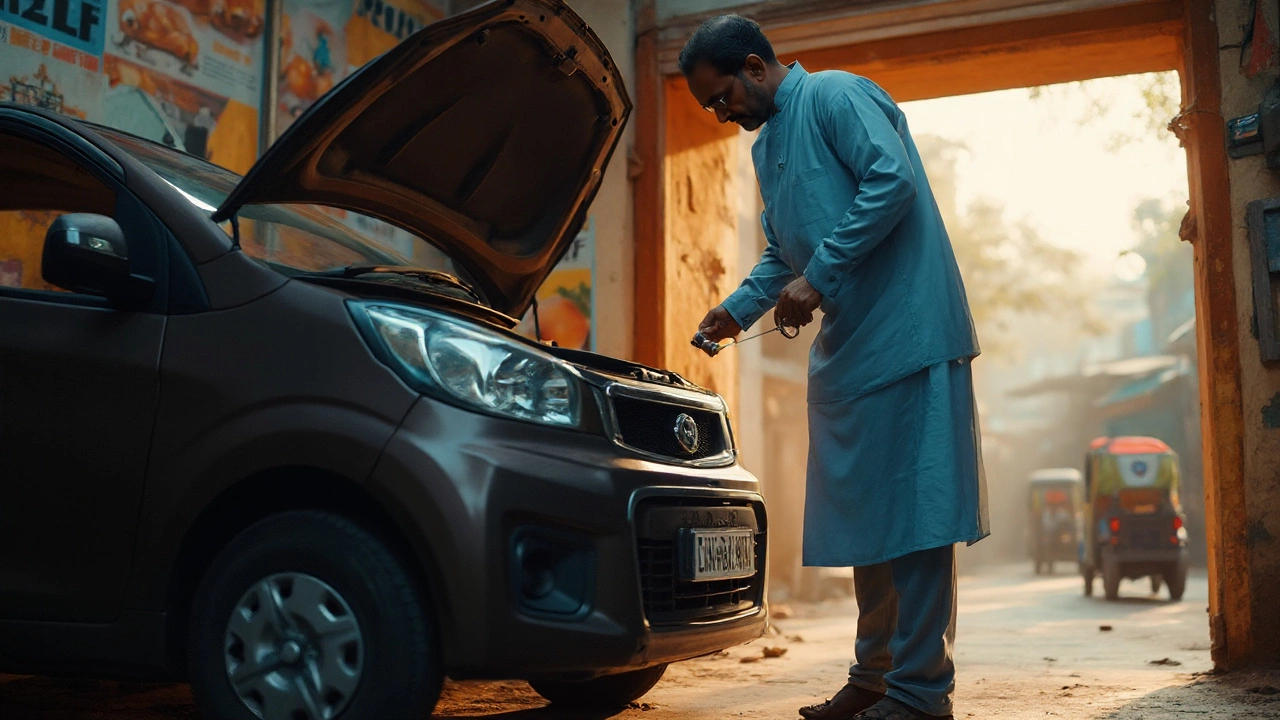
How to Tell When Your Brake Pads Need Replacing
Learn the tell‑tale signs of worn brake pads, why they matter, and how to check them yourself before costly damage hits. -
15 Jun

How Often Should Car Brake Pads Be Replaced? Real-World Answers
Brake pad replacement doesn't follow a one-size-fits-all rule—factors like your driving habits, the kind of car you have, and even the roads you hit make a big difference. This article lays out how often you really need to change your brake pads, what signs tell you they're worn out, and ways to make them last longer. You'll find hands-on tips for keeping your brakes in top shape and facts that might surprise you about brake pad wear. Staying on top of brake maintenance means safer drives and less cash wasted. Get straight talk on exactly when you should swap those pads out. -
3 Jun
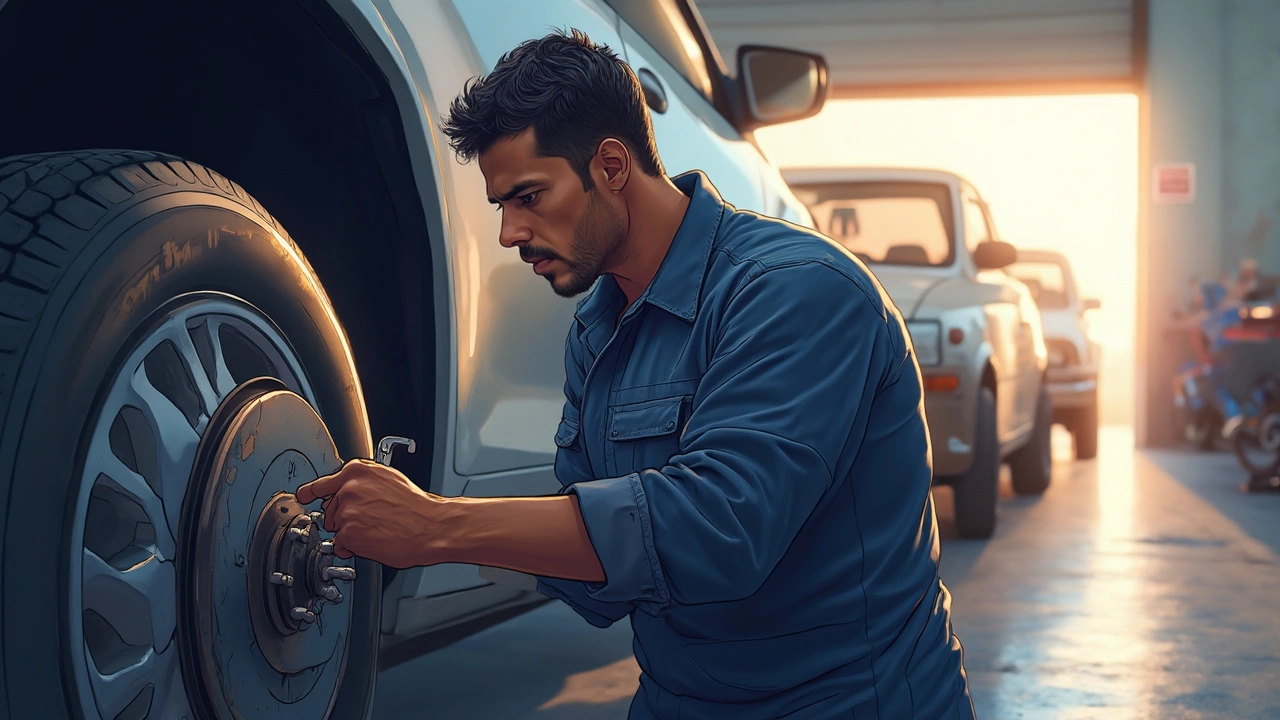
How Long Do Rotors Last? Real-Life Answers and Tips
Wondering how long rotors actually last? This article breaks down what affects rotor lifespan, how to spot when they’re worn out, and how you can make them go the distance. You’ll learn signs of problems and get real-world examples so you can keep your brakes in top shape. Plus, there are some easy maintenance tips that you can actually use. No fluff—just facts and practical advice. -
3 Jun

Brake Pads Worn? How to Spot the Signs Early
Wondering if your brake pads are done for? This article spells out the real signs your brake pads are worn—without the guesswork. Learn the warning clues from odd noises to changes in how your car feels when stopping. Get straight talk about what to look for before things get dangerous. I'll help you catch issues early and keep your ride safe. -
18 May

Brake Pads vs. Rotors: Can You Change One Without the Other?
Wondering if you can swap out just your car's brake pads and leave the rotors alone? This article breaks down when it's safe (and smart) to just replace pads, the signs your rotors need attention, and how skipping rotor replacement might affect your brakes. You'll get quick tips for checking rotor condition, plus how shops decide when to upsell you on extra repairs. Learn how to make the best call for your car, your wallet, and your safety. -
13 May
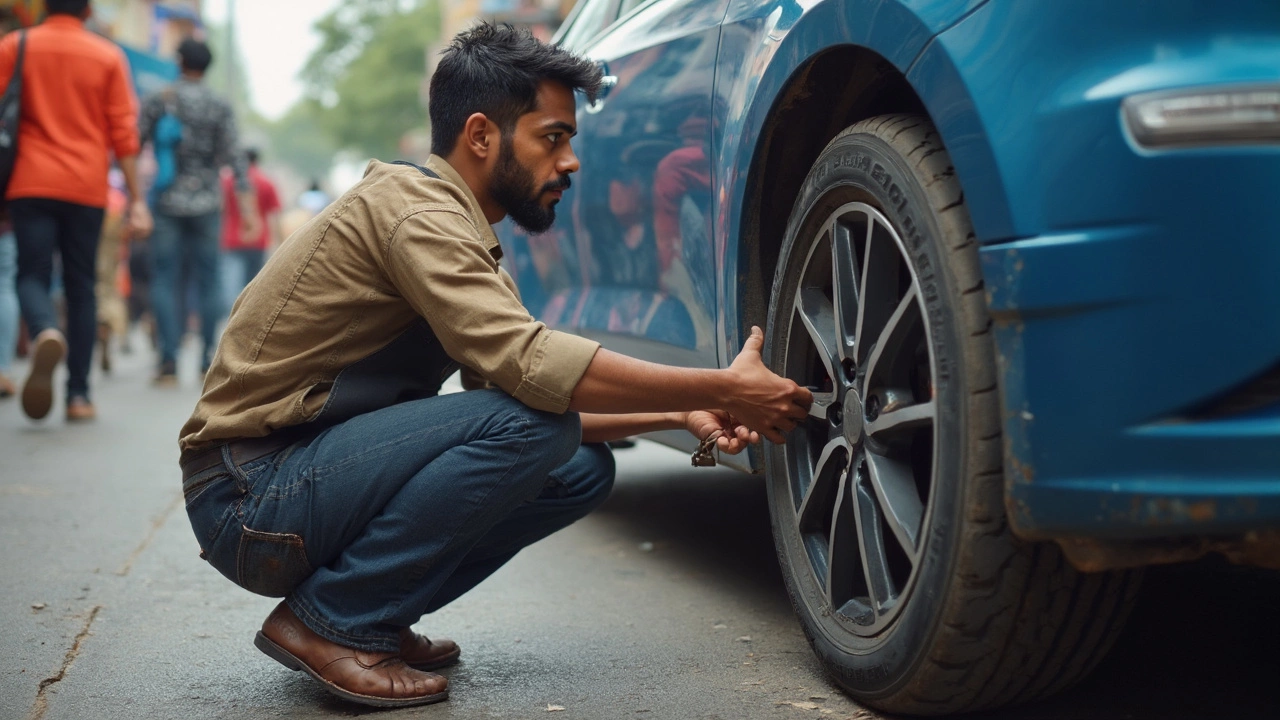
Front or Back Brake Pads: How to Tell the Difference Fast
Ever wondered if it’s your front or back brake pads that are wearing out? This article breaks down the dead giveaways, explains why it matters, and shows you what to check for. Learn which axle handles more braking force and see what signs point to the front or back pads. With a few simple checks, you’ll be able to spot the culprit without making common mistakes. Plus, find practical tips to stay ahead of maintenance costs and keep your car safe. -
5 May

Grinding Brakes: Is It Safe to Drive When Brake Pads Are Shot?
When your brakes start grinding, you're dealing with a problem that's more than just annoying—it's actually a big safety risk. This article breaks down what causes grinding brakes, the dangers of driving with worn pads, and how to spot the signs before things get worse. Expect practical advice, clear explanations, and some hard truths about the cost of ignoring those scary sounds. Don't wait for a breakdown or an accident to take action. If your brakes are grinding, here's what you need to know right now. -
23 Mar

How to Tell If Your Brake Pads Need Replacing
Brake pads are essential for your car's safety. Knowing when they need replacing can save you from costly repairs or dangerous situations. This article explains telltale signs and simple checks to determine whether your brake pads are worn out. Learn to conduct basic inspections without the need for costly equipment. Staying on top of brake maintenance ensures peace of mind and safety on the road.
